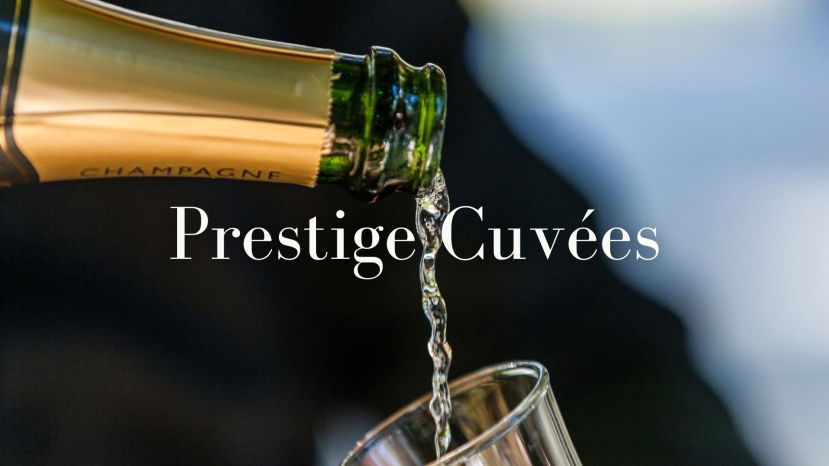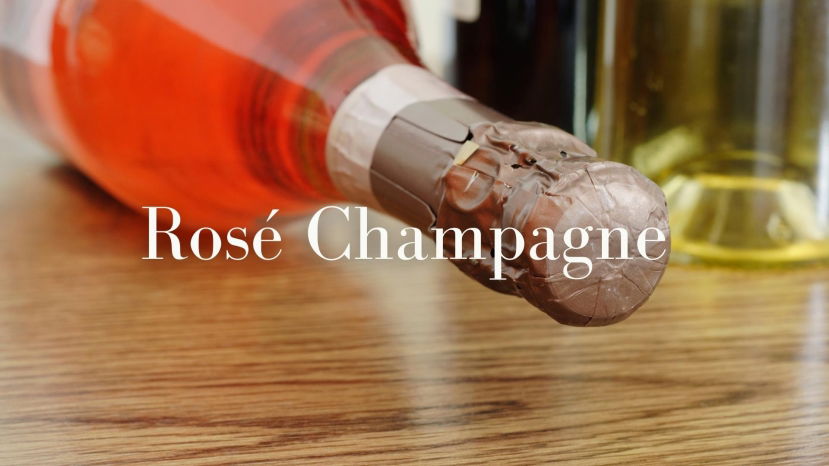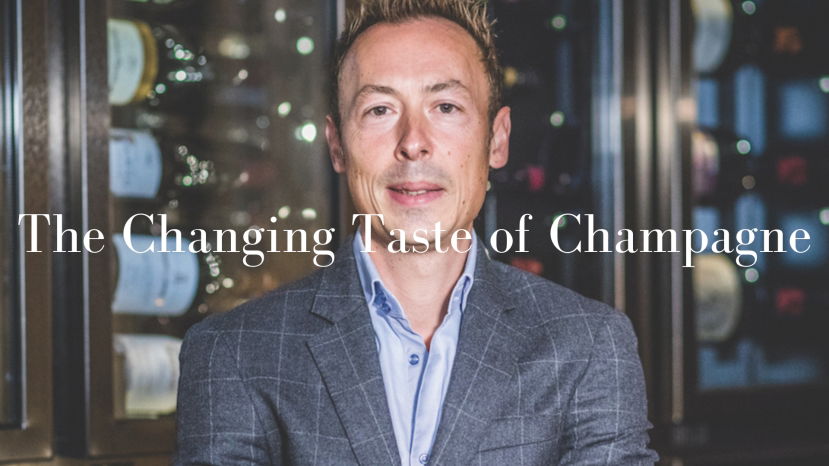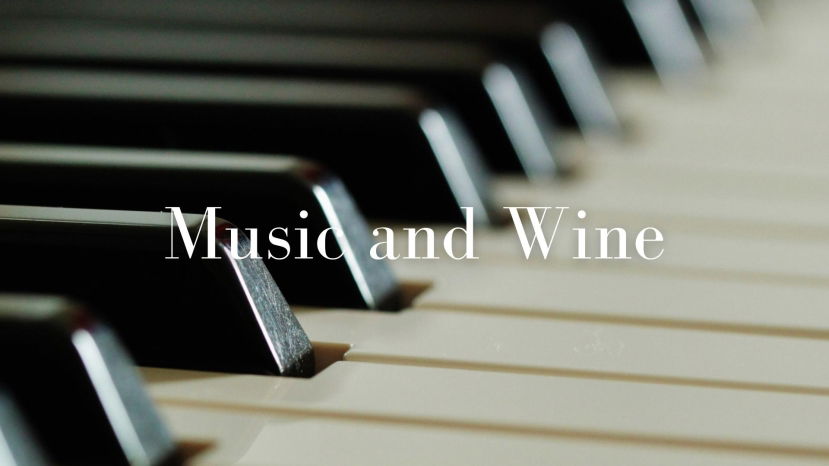BLOG
Champagne wine
Summary: In Champagne, the term prestige cuvée refers to a special selection from a producer that represents a very high quality, in most instances, their finest cuvée. Some are vintage dated, while some are not, but a signature of each producer that makes a prestige cuvée is the luxury aspect of marketing these products. Packaged in eye-catching,
Summary: Rosé champagnes have been around since at least 1764 and today represent a tenth of champagne sales. There is huge variation and some controversy to them. Colors vary from the palest blush to depths approaching red wine tones. Many perceive them as simple quaffing bubbles but some of Champagne’s finest, most age-worthy and prestigious wines are pink. Essi Avellan MW gives us an indepth introduction to the world of
Summary: Although the major producers of branded Brut Non-Vintage Champagne are rightly proud of a consistent ‘house’ style, the taste of their blends have changed significantly over time.Using historical records, and originally-sourced detailed data going back to 1991, this WSG Live will consider how climate, viticulture and winemaking have affected the character of Champagne’s best-known and biggest-selling brands.Expect to find out how the cellar master
Summary: A growing body of scientific evidence shows that what people taste when evaluating a wine, and how much they enjoy the experience, can be influenced by the music that happens to be playing at the same time. Limited research has been published about the effects of music on sparkling wine. Learn about the latest experiment conducted in this field, focusing on classical music and the perception of a Brut non-vintage




